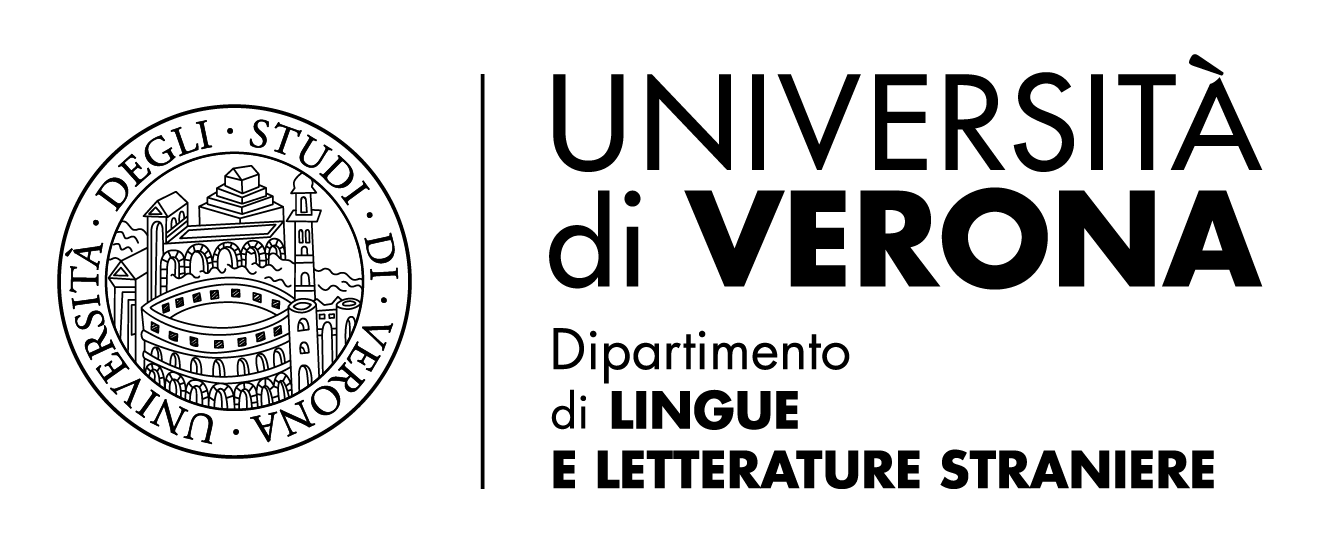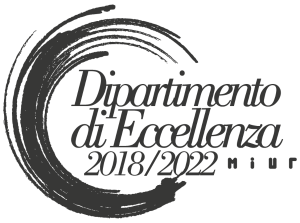The Right to Language Assistance in Italian Criminal Proceedings
A Case Study of the Interpreting Service at the Milan Courthouse
DOI:
https://doi.org/10.13136/2281-4582/2025.i25.1586Keywords:
Court interpreting, Italian criminal proceedings, interpreter training, legal language, language mediationAbstract
Court interpreting plays a critical role in ensuring effective communication during legal proceedings. This study explores issues related to language assistance services in Italian legal proceedings, focusing on the Direttissime division at the Milan Courthouse. Qualitative data were gathered through interviews with interpreters and professionals working at the courthouse as well as direct observations conducted in 2023. The interviews revealed systemic issues, including inadequate training, lack of legal expertise, and poor remuneration. Observations of courtroom proceedings also highlighted significant gaps in interpreter performance and organization, often compromising the defendant’s understanding and participation. Notwithstanding the inherent constraints of a singular case study, this analysis corroborates the notion that, despite the implementation of legal reforms, there has been minimal advancement in enhancing the quality of interpretation over recent decades. Therefore, this work calls for better training, assessment, and remuneration for interpreters, alongside more collaborative efforts among legal stakeholders to uphold the right to a fair trial for non-native speakers.
References
Amato, Amalia Agata Maria and Gabriele Mack. “The ImPLI project, Pre-trial Interpreting in Italy and the Transposition of Directive 2010/64 EU.” Trans 19.1 (2015): 43-56.
Ballardini, Elio. “À propos de la neutralité de l’interprète judiciaire.” MediAzioni 26 (2019): 1-21.
---. “L’interprete nel processo penale italiano. Profilo professionale e ipotesi di formazione.” Interpretazione di trattativa. La mediazione linguistico-culturale nel contesto formativo e professionale. Edited by Mariachiara Russo and Gabriele Mack. Milano: Hoepli, 2005. 167-179.
---. “L’interprete traduttore nel procedimento penale italiano. Quale formazione alla luce delle recenti direttive europee?” Traduzione e interpretazione per la società e le istituzioni. Edited by Caterina Falbo and Maurizio Viezzi. Trieste: EUT, 2014. 59-72.
Ballardini, Elio and María Jesús González Rodríguez. “Interpretare per la giustizia. Tribunali e intercettazioni.” Interpretare da e verso l’italiano. Didattica e innovazione per la formazione dell’interprete. Edited by Mariachiara Russo. Bologna: Bonomia University Press, 2021. 337-358.
Biagini, Marta. “Dal previsto all’imprevisto. Il ruolo dell’interprete nel tribunale italiano.” Mediazione linguistica e interpretariato. Regolamentazione, problematiche presenti e prospettive future in ambito giuridico. Edited by Cinzia Spinzi and Mette Rudvin. Bologna: Clueb, 2013. 177-200.
Corsellis, Ann. Public Service Interpreting: The First Steps. Basingstoke: Palgrave Macmillan, 2008.
Di Amato, Astolfo. Criminal Law in Italy. Alphen aan den Rijn: Kluwer Law International, 2011.
European Union Law. Directive 2010/64/EU of the European Parliament and of the Council on the Right to Interpretation and Translation in Criminal Proceedings. European Union, 2010. https://eur-lex.europa.eu/legal-content/EN/TXT/?uri=celex%3A32010L0064. Last visited 10/01/2024.
Falbo, Caterina. La comunicazione interlinguistica in ambito giuridico. Temi, problemi e prospettive di ricerca. Trieste: EUT, 2013.
Falbo, Caterina and Maurizio Viezzi. Traduzione e interpretazione per la società e le istituzioni. Trieste: EUT, 2014.
Garwood, Christopher. “Court Interpreting in Italy: The Daily Violation of a Fundamental Human Right.” Interpreters Newsletter 17 (2012): 173-189.
Gialuz, Mitja. “The Implementation of the Directive on Linguistic Assistance in Italy, between Changes to the Code of Criminal Procedure and Case-law Resistance.” EU Criminal Justice: Fundamental Rights, Transnational Proceedings and the European Public Prosecutor’s Office. Edited by Tommaso Rafaraci and Rosanna Belfiore. Cham: Springer, 2019. 27-41.
Gialuz, Mitja, Luca Lupária and Federica Scarpa. The Italian Code of Criminal Procedure: Critical Essays and English Translation. 2nd ed. Padova: CEDAM, 2017.
Giambruno, Cynthia, edited by. Assessing Legal Interpreter Quality through Testing and Certification: The Qualitas Project. Sant Vicent del Raspeig: Publicaciones Universidad de Alicante, 2014.
Hale, Sandra. Community Interpreting. Basingstoke: Palgrave Macmillan, 2007.
---. “Controversies Over the Role of the Court Interpreter.” Crossing Borders in Community Interpreting: Definitions and Dilemmas. Edited by Carmen Valero-Garcés and Anne Martin. Amsterdam: John Benjamins, 2008. 99-121.
Il Sole 24 Ore. Indice della criminalità. 2023. https://lab24.ilsole24ore.com/indice-della-criminalita/?refresh_ce=1. Last visited 10/01/2024.
ISTAT. Annuario statistico italiano 2023. Giustizia, criminalità e sicurezza. 2023a https://www.istat.it/storage/ASI/2023/capitoli/C06.pdf. Last visited 10/01/2024.
---. Cittadini stranieri Milano 2023. 2023b. www.tuttitalia.it/lombardia/18-milano/statistiche/cittadini-stranieri-2023/. Last visited 10/01/2024.
---. Report Cittadini non comunitari in Italia: Anni 2022-2023. 2023c. https://www.istat.it/it/files//2023/10/REPORT-CITTADINI-NON-COMUNITARI-2023.pdf. Last visited 10/01/2024.
Katschinka, Liese. “The Impact of Directive 2010/64/EU on the Right to Interpretation and Translation in Criminal Proceedings.” Traduzione e interpretazione per la società e le istituzioni. Edited by Caterina Falbo and Maurizio Viezzi. Trieste: EUT, 2014. 105-114.
Longhi, Antonella. “L’interprete nel processo penale italiano. Perito, consulente tecnico o professionista virtuale?” inTRAlinea 7 (2004). https://www.intralinea.org/archive/
article/1633. Last visited 01/03/2025.
Ng, Eva. “The Right to a Fair Trial and the Right to Interpreting: A Critical Evaluation of the Use of Chuchotage in Court Interpreting.” Interpreting 25.1 (2022): 87-108.
Niska, Helge. “Just Interpreting: Role Conflicts and Discourse Types.” Translation and the Law. Edited by Marshall Morris. Amsterdam: John Benjamins, 1995. 293-316.
Rudvin, Mette. “Indicazioni per gli operatori giuridici per ottimizzare la qualità del servizio.” L’interprete giuridico. Profilo professionale e metodologie di lavoro. Edited by Mette Rudvin and Cinzia Spinzi. Roma: Carocci, 2015. 185-203.
Sandrelli, Annalisa. “Gli interpreti presso il tribunale penale di Roma: Un’indagine empirica.” inTRAlinea 13 (2011). https://www.intralinea.org/archive/article/1670. Last visited 01/03/2025.
Santangelo, Alessandra, Marianna Biral and Isadora Neroni Rezende. “Italy: Minimalistic Transposition and Substantial Protection in the Implementation of the EU Defence Rights Directives.” Effective Protection of the Rights of the Accused in the EU Directives. Edited by Giulia Lasagni, et al. Leiden: Brill, 2022. 133-153.
Scarpa, Federica. “La terminologia giuridica italiana tradotta in inglese. Il caso del Codice di Procedura Penale.” La banca dati TERMitLEX: Un nuovo modello interdisciplinare per la terminografia giuridica. Edited by Marella Magris. Trieste: EUT, 2018. 33-47.
Spinzi, Cinzia. “La mediazione linguistico-culturale nelle istituzioni giuridiche italiane. Il contesto demografico, etnico e detentivo.” Mediazione linguistica e interpretariato. Regolamentazione, problematiche presenti e prospettive future in ambito giuridico. Edited by Cinzia Spinzi and Mette Rudvin. Bologna: Clueb, 2013. 17-40.
Downloads
Published
Issue
Section
License
Copyright (c) 2025 Patrizia Anesa, Federica Cantagalli

This work is licensed under a Creative Commons Attribution 4.0 International License.
Iperstoria is an Open Access journal.
- Authors retain copyright and grant the journal right of first publication with the work simultaneously licensed under a Creative Commons Attribution 4.0 BY License that allows others to share the work with an acknowledgement of the work's authorship and initial publication in this journal.
- Authors are able to enter into separate, additional contractual arrangements for the non-exclusive distribution of the journal's published version of their work (e.g., post it to an institutional repository or publish it in a book), with an acknowledgement of its initial publication in this journal. We kindly ask authors to inform us of any instances of re-publication.







